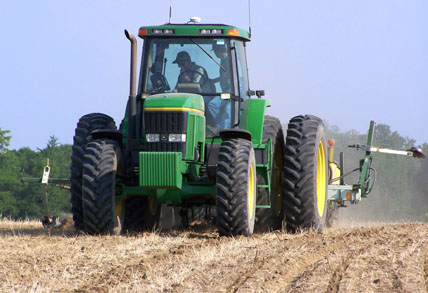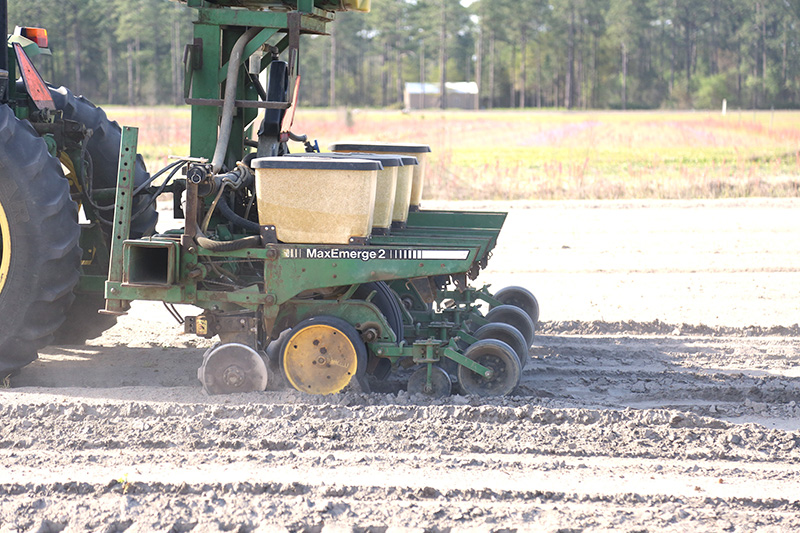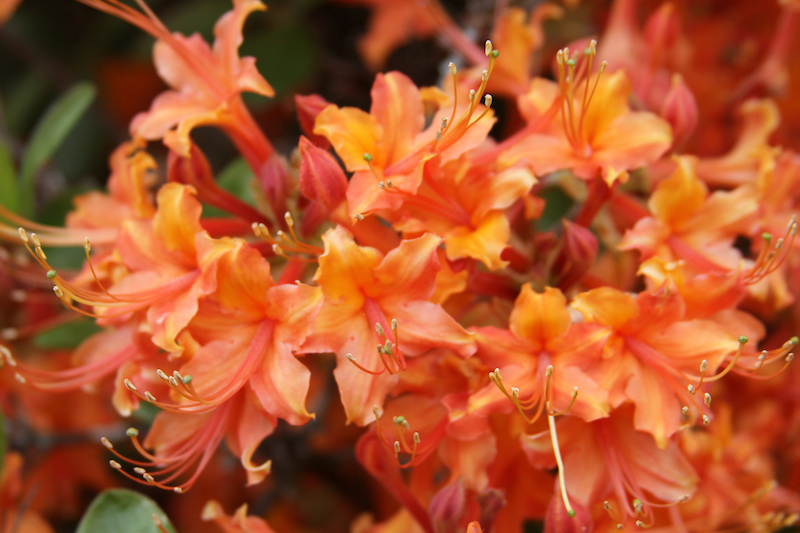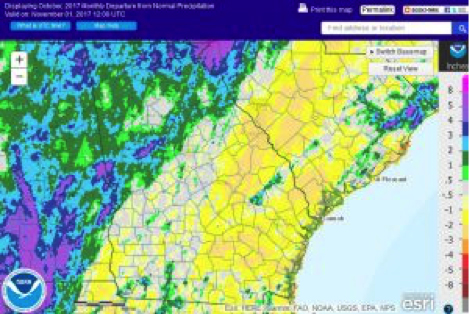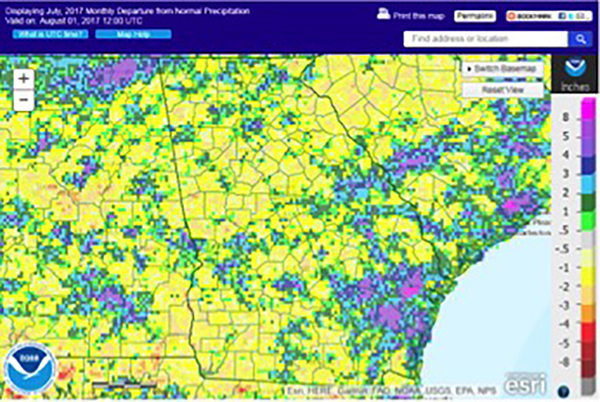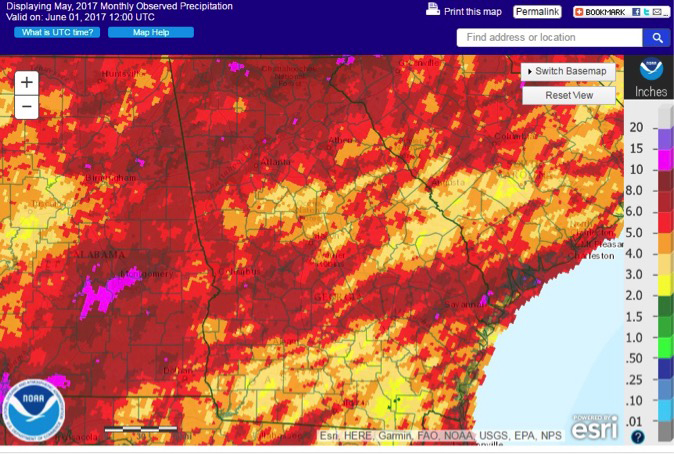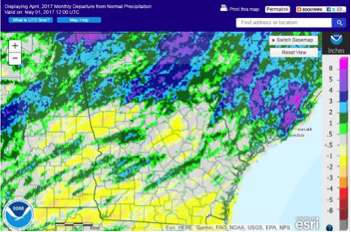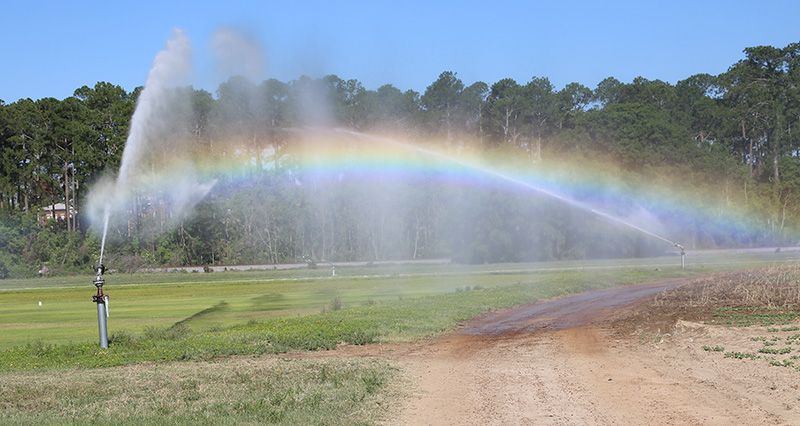 CAES News
CAES News
Warming weather
Georgia temperatures are rising, and the weather is only going to get hotter with little rain in the forecast. That’s not good news for Georgia’s cotton producers who are in the middle of planting this year’s crop, says Jared Whitaker, University of Georgia Cooperative Extension cotton agronomist.

